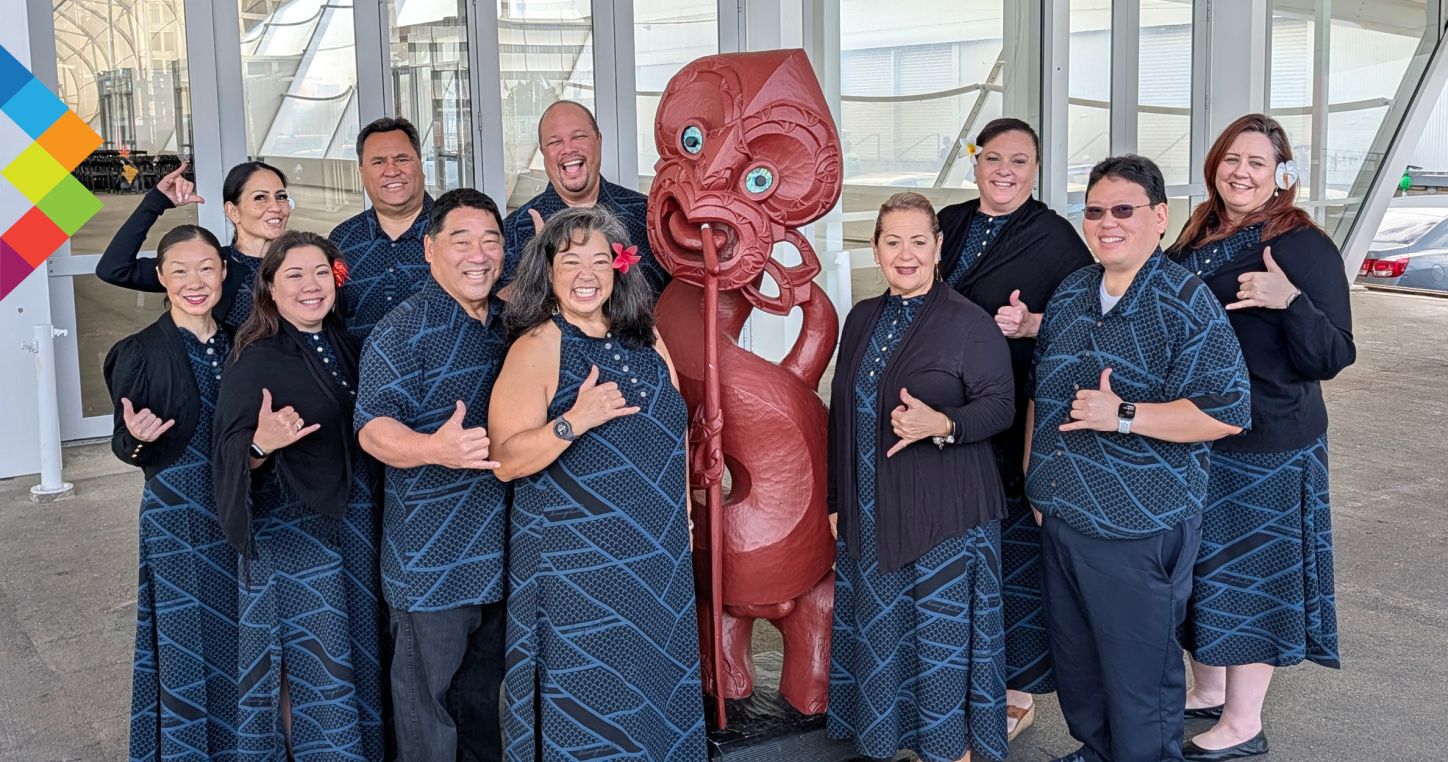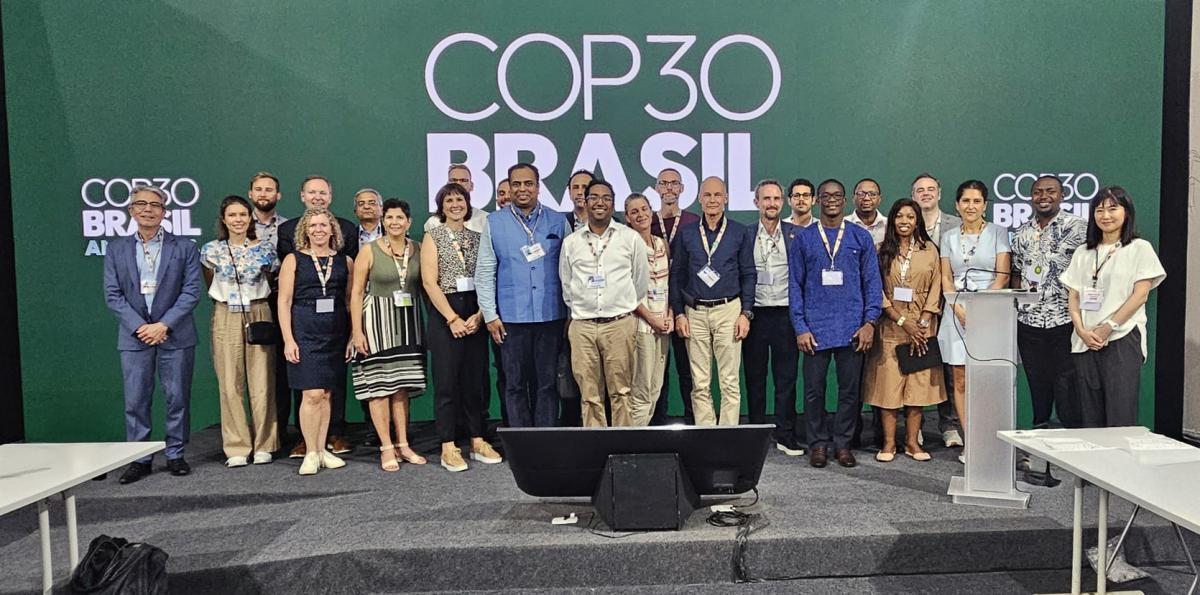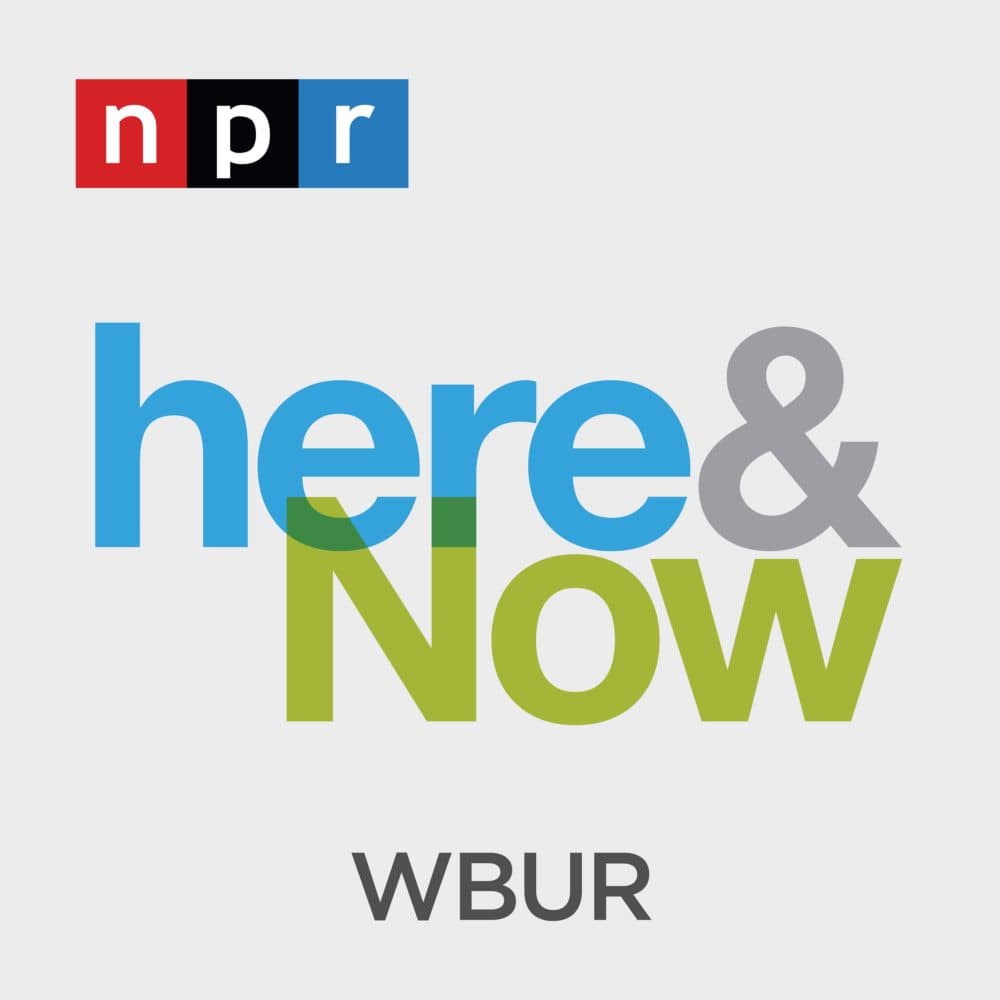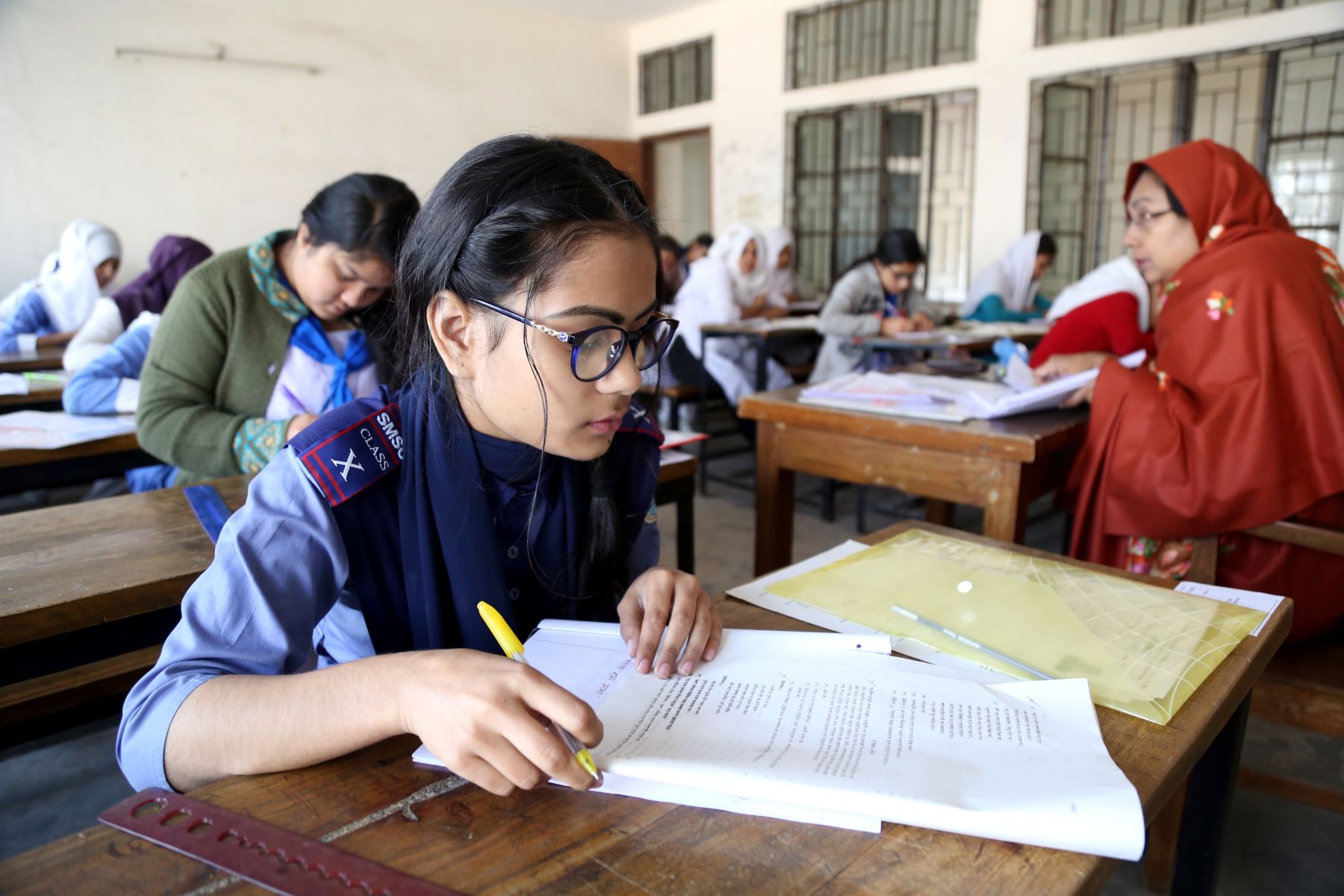Learning Campus renews Certified Autism Center designation – Quad Cities Business Journal
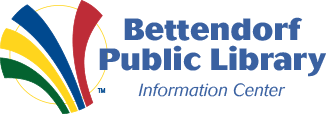
Report on Bettendorf Learning Campus’s Advancement of Sustainable Development Goals through Renewed Autism Certification
Executive Summary
The Bettendorf Learning Campus, comprising the Bettendorf Public Library and the Family Museum, has successfully renewed its Certified Autism Center (CAC) designations. This report outlines how this achievement directly supports and advances several United Nations Sustainable Development Goals (SDGs) by fostering an inclusive, equitable, and supportive environment for all community members, particularly autistic and sensory-sensitive individuals.
Alignment with Sustainable Development Goal 4: Quality Education
The certification reinforces the campus’s commitment to ensuring inclusive and equitable quality education and promoting lifelong learning opportunities for all.
- Inclusive Learning Environments: By adapting their facilities and services, the library and museum remove barriers to educational and cultural participation for neurodivergent individuals.
- Enhanced Educator Capacity: The requirement for at least 80% of public-facing staff to complete specialized training on autism and sensory differences directly contributes to a more skilled and empathetic educational workforce.
- Accessible Resources: The library provides a range of print and electronic resources on neurodivergent topics, supporting lifelong learning journeys for individuals and families.
Alignment with Sustainable Development Goal 10: Reduced Inequalities
This initiative is a targeted effort to reduce inequalities within and among countries by empowering persons with disabilities.
- Promoting Social Inclusion: The certification actively promotes the social inclusion of all, irrespective of disability, by ensuring public institutions are equipped to serve the entire community.
- Ensuring Equal Access: The program addresses the challenges autistic and sensory-sensitive individuals face in public spaces, thereby ensuring more equal access to community cultural and learning facilities.
- Addressing Community Needs: The recertification acknowledges the significant prevalence of autism (1 in 31 U.S. children) and sensory needs (1 in 6 people), taking concrete steps to address this inequality.
Alignment with SDG 3 (Good Health and Well-being) and SDG 11 (Sustainable Cities and Communities)
The creation of sensory-friendly environments contributes to community well-being and the development of inclusive public spaces.
- Supporting Well-being (SDG 3): By mitigating potential sensory overload, the institutions create a less stressful and more welcoming atmosphere, which supports the mental and emotional well-being of visitors.
- Inclusive Public Spaces (SDG 11): The initiative helps fulfill the goal of providing universal access to safe, inclusive, and accessible public spaces for all, making the community more sustainable and resilient.
Implementation and Key Initiatives
The Bettendorf Learning Campus has implemented specific, measurable actions to maintain its certification and advance its commitment to the SDGs.
- Mandatory Staff Credentialing: Both facilities met the requirement from the International Board of Credentialing and Continuing Education Standards (IBCCES) for over 80% of public-facing staff to complete specialized training, with recertification required every two years.
- Family Museum Enhancements:
- Hosting additional Sensory Friendly Nights.
- Providing guidance for parents to find local resources.
- Increasing the availability of sensory kits and quiet spaces.
- Offering tax-free sensory toys for purchase.
- Bettendorf Public Library Provisions:
- Maintaining a collection of resources on autism and neurodivergence.
- Making sensory kits available for in-house use.
- Offering circulating sensory kits for checkout.
Analysis of Sustainable Development Goals in the Article
1. Which SDGs are addressed or connected to the issues highlighted in the article?
The article highlights efforts by the Bettendorf Public Library and the Family Museum to become more inclusive and accessible for autistic and sensory-sensitive individuals. These actions directly connect to the following Sustainable Development Goals (SDGs):
- SDG 3: Good Health and Well-being: By creating sensory-friendly environments and providing resources, the institutions promote mental well-being and support for individuals with neurodivergence.
- SDG 4: Quality Education: As learning institutions, the library and museum are making their educational resources and environments accessible to all, including persons with disabilities, thus promoting inclusive and equitable quality education and lifelong learning opportunities.
- SDG 10: Reduced Inequalities: The central theme of the article is the reduction of barriers for a specific group (autistic and sensory-sensitive individuals), thereby promoting the social inclusion of persons with disabilities.
- SDG 11: Sustainable Cities and Communities: The initiative focuses on making public spaces (a library and a museum) within a community safe, inclusive, and accessible to all residents, particularly those with disabilities.
2. What specific targets under those SDGs can be identified based on the article’s content?
Based on the actions described in the article, the following specific SDG targets can be identified:
- Target 3.4: “By 2030, reduce by one third premature mortality from non-communicable diseases through prevention and treatment and promote mental health and well-being.”
- Explanation: The article discusses the challenges autistic and sensory-sensitive individuals face, such as “potential sensory overload.” By implementing measures like “quiet spaces,” “sensory kits,” and “Sensory Friendly Nights,” the institutions are actively promoting the mental well-being of this segment of the community.
- Target 4.a: “Build and upgrade education facilities that are child, disability and gender sensitive and provide safe, non-violent, inclusive and effective learning environments for all.”
- Explanation: The library and museum are educational facilities. Their efforts to achieve and renew the “Certified Autism Center” (CAC) status, which involves creating “sensory-friendly environments,” directly align with upgrading facilities to be disability-sensitive and inclusive.
- Target 10.2: “By 2030, empower and promote the social, economic and political inclusion of all, irrespective of age, sex, disability, race, ethnicity, origin, religion or economic or other status.”
- Explanation: The entire initiative is designed to ensure the library and museum are “better equipped to serve all visitors, including autistic and sensory-sensitive individuals.” This directly promotes the social inclusion of persons with disabilities, as reinforced by the library director’s mission “to provide open and equal access to everyone in our community in a welcoming and inclusive space.”
- Target 11.7: “By 2030, provide universal access to safe, inclusive and accessible, green and public spaces, in particular for women and children, older persons and persons with disabilities.”
- Explanation: The Bettendorf Learning Campus, comprising a public library and a museum, represents key public spaces within the community. The CAC certification is a direct measure to provide universal access by making these spaces inclusive and accessible for persons with disabilities.
3. Are there any indicators mentioned or implied in the article that can be used to measure progress towards the identified targets?
Yes, the article mentions several specific and measurable actions that can serve as indicators of progress:
- Proportion of staff trained in disability inclusion: The article explicitly states that “at least 80% of public-facing staff at both facilities completed specialized training on autism and sensory differences.” This is a direct, quantifiable indicator of commitment to inclusivity (relevant to Targets 10.2 and 4.a).
- Availability of adapted infrastructure and materials for persons with disabilities: The article lists several concrete examples that can be tracked, such as the provision of “sensory kits and quiet spaces,” “circulating sensory kits,” and “tax-free sensory toys and fidgets.” This indicates progress toward Target 4.a and 11.7.
- Number of public facilities with accessibility certifications: The renewal of the “Certified Autism Center (CAC) certifications” for both the library and the museum serves as a formal indicator. The fact that the certification “must be renewed every two years” implies a continuous process of measurement and verification (relevant to Targets 10.2 and 11.7).
- Provision of information and resources on neurodiversity: The library provides a “range of print and electronic resources on autism and neurodivergent topics,” and the museum offers “guidance for parents on finding local resources.” The availability and use of these resources can be measured as an indicator of promoting well-being (Target 3.4).
4. Summary Table of SDGs, Targets, and Indicators
| SDGs | Targets | Indicators Identified in the Article |
|---|---|---|
| SDG 3: Good Health and Well-being | 3.4: Promote mental health and well-being. |
|
| SDG 4: Quality Education | 4.a: Build and upgrade education facilities that are disability sensitive and provide inclusive learning environments. |
|
| SDG 10: Reduced Inequalities | 10.2: Empower and promote the social inclusion of all, including persons with disabilities. |
|
| SDG 11: Sustainable Cities and Communities | 11.7: Provide universal access to safe, inclusive and accessible public spaces for persons with disabilities. |
|
Source: quadcitiesbusiness.com
What is Your Reaction?
 Like
0
Like
0
 Dislike
0
Dislike
0
 Love
0
Love
0
 Funny
0
Funny
0
 Angry
0
Angry
0
 Sad
0
Sad
0
 Wow
0
Wow
0





